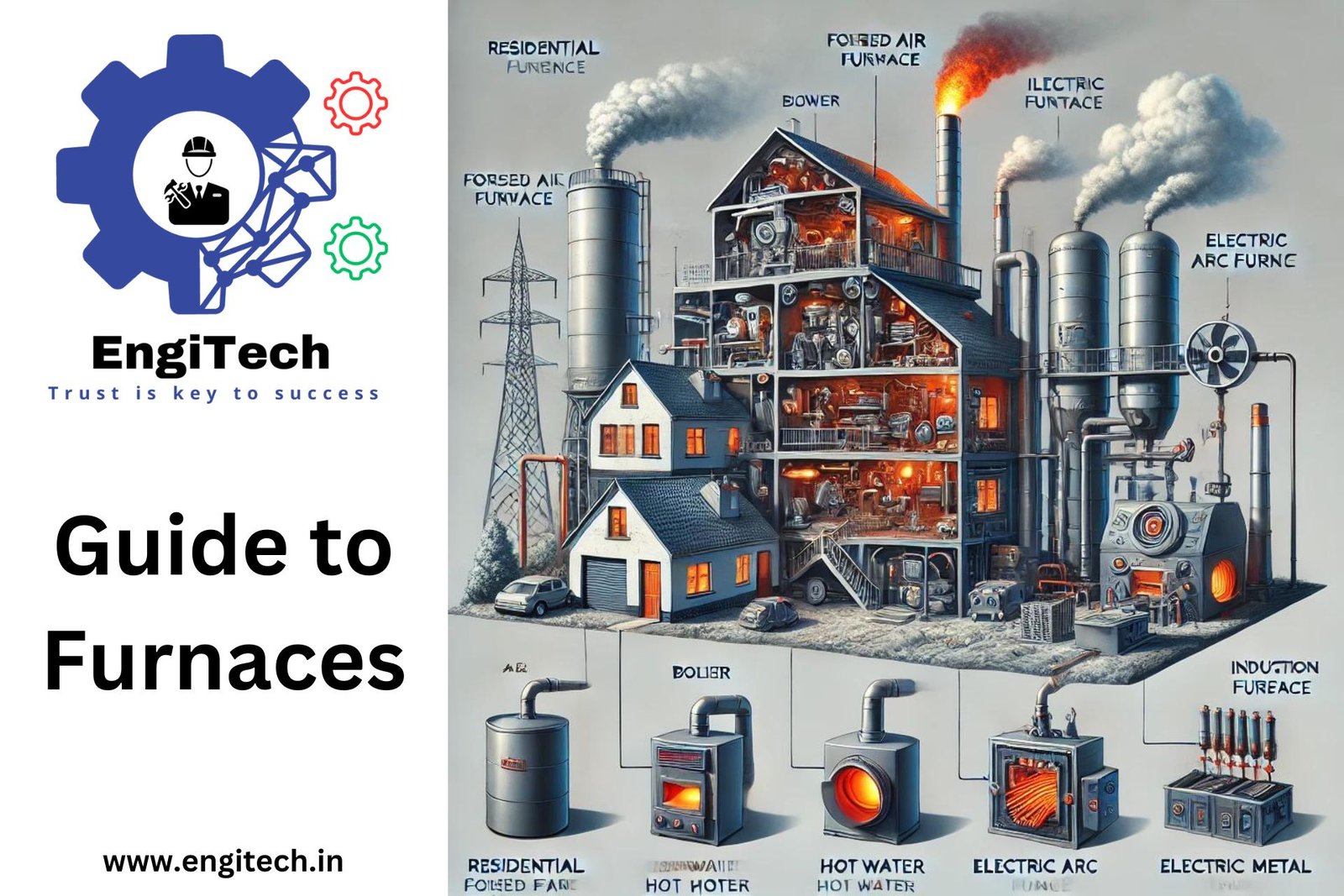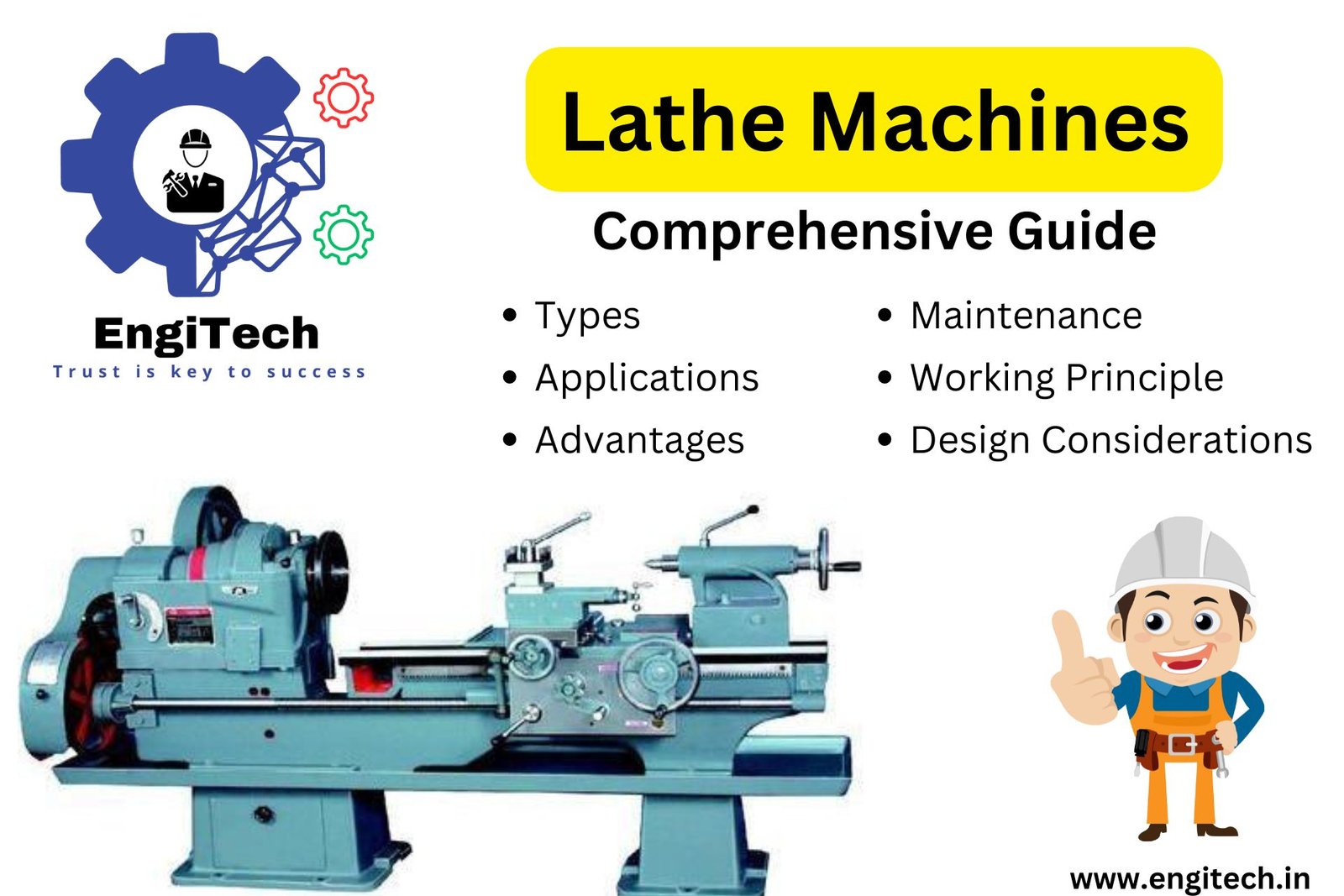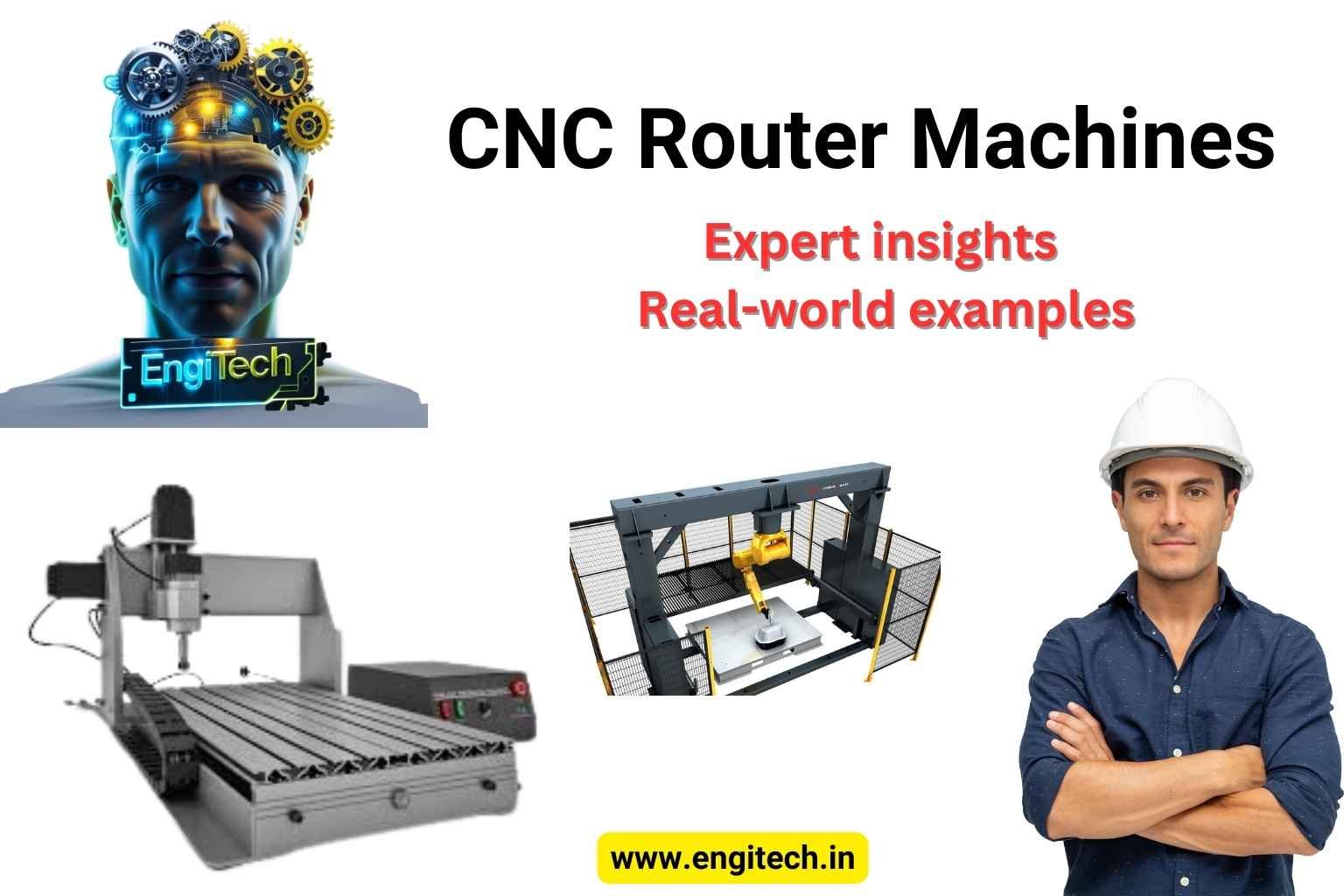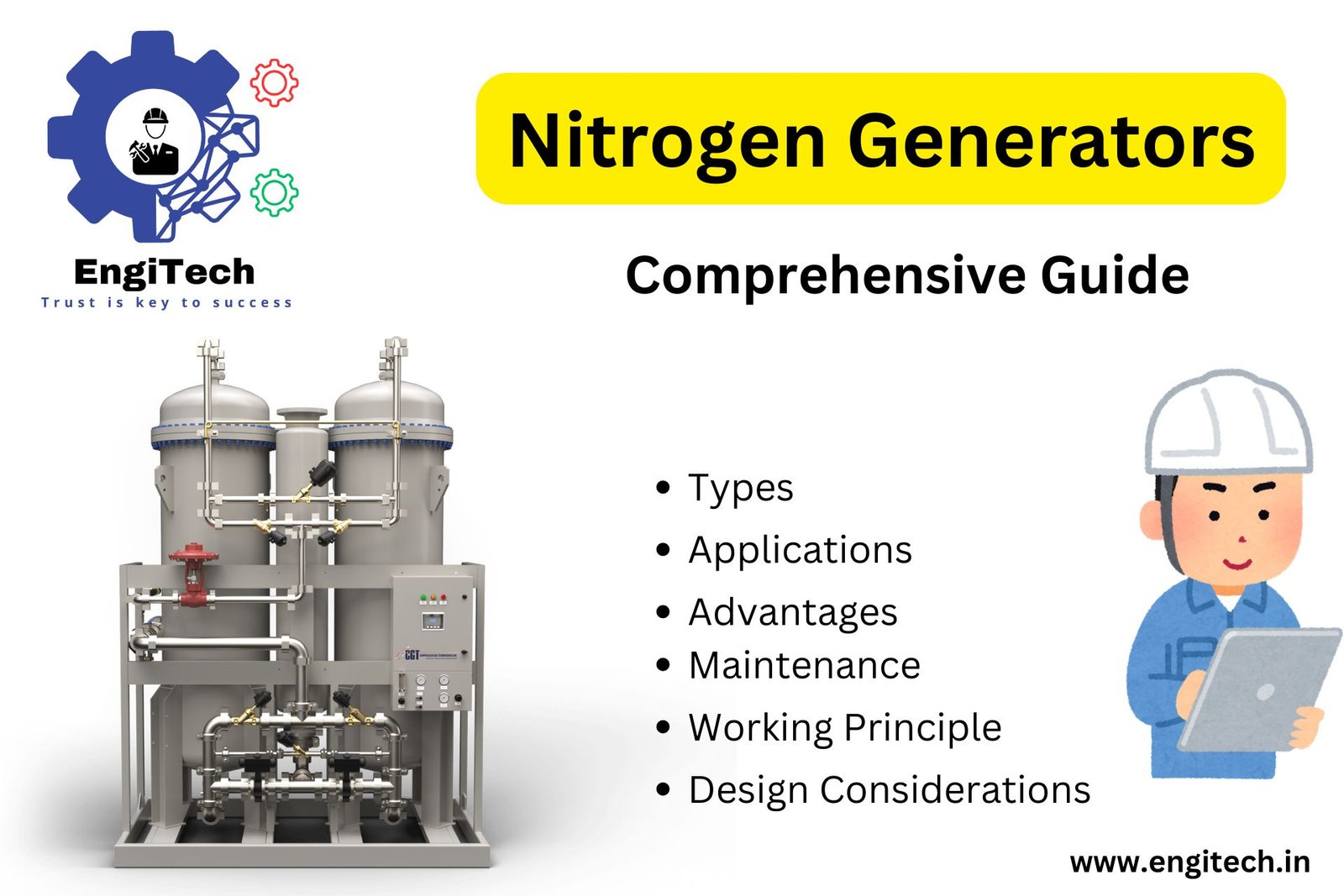A Comprehensive Guide to Furnaces: Understanding Types, Applications, and Expert Insights

Furnaces are essential devices in both residential and industrial settings, providing critical heating for a wide range of applications. These fundamental devices are used in various contexts, from home heating to large industrial processes, playing a crucial role in everything from everyday comfort to manufacturing and metallurgy. This detailed guide explores the different types of furnaces, their components, working principles, and applications, offering valuable insights for both beginners and experienced users. Whether you’re interested in understanding their operation or learning about maintenance practices, this comprehensive overview provides the information you need.
Table of Contents
Introduction to Furnaces
Furnaces are devices designed to heat air, water, or other materials by burning fuel, using electricity, or harnessing other energy sources. They are essential in numerous industries, providing the necessary heat for various processes. The term “furnace” can refer to both residential heating systems and industrial equipment used in manufacturing and metallurgical applications. Understanding the types and functions of furnaces helps in choosing the right one for specific needs.
Types of Furnaces
- Residential Furnaces: Primarily used for heating homes, these furnaces come in different fuel types, including natural gas, oil, electricity, and propane. The common types of residential furnaces are:
- Forced Air Furnaces: Use a blower to circulate heated air through ducts.
- Hot Water Furnaces: Also known as boilers, they heat water and circulate it through radiators or underfloor heating systems.
- Electric Furnaces: Use electric heating elements to warm air, which is then circulated through ducts.
- Industrial Furnaces: Used in manufacturing and processing industries, these furnaces operate at high temperatures to treat metals, glass, ceramics, and chemicals. They include:
- Blast Furnaces: Used in ironmaking to smelt iron ore into pig iron.
- Electric Arc Furnaces: Utilize an electric arc to melt scrap metal, commonly used in steelmaking.
- Induction Furnaces: Employ electromagnetic induction to heat and melt metals.
- Metallurgical Furnaces: Specialized for metalworking processes such as smelting, refining, and alloying. Key examples are:
- Reverberatory Furnaces: Used for smelting non-ferrous metals.
- Rotary Kilns: Employed for calcining ores, chemicals, and other materials.
- Heating Furnaces: These are used in both residential and industrial settings to provide heat for buildings and processes. They include:
- Hot Air Furnaces: Common in commercial settings, they distribute hot air through ducts.
- Radiant Heating Systems: Use radiant heat transfer to warm objects and spaces.
- Steam Boilers: Generate steam for heating and industrial processes.
- Laboratory Furnaces: Small-scale furnaces for scientific research and material testing. They include:
- Muffle Furnaces: Provide uniform heating for materials testing.
- Tube Furnaces: Used for high-temperature reactions in controlled atmospheres.
- Vacuum Furnaces: Enable processes that require high temperatures and low contamination levels.


Applications of Furnaces
Furnaces serve a wide range of applications, each requiring specific types and configurations:
- Residential Heating: Furnaces provide central heating, distributing warm air or water throughout homes. They are vital for maintaining comfortable indoor temperatures, especially in colder climates.
- Industrial Processes: In industries, furnaces are crucial for processes like melting, forging, heat treatment, and chemical reactions. They are used in manufacturing metals, ceramics, glass, and chemicals, among others.
- Metallurgy: Furnaces are indispensable in metallurgical processes such as smelting ores, refining metals, and producing alloys. They provide the necessary temperatures and controlled environments for these chemical reactions.
- Chemical Processing: Chemical industries use furnaces for processes like pyrolysis, calcination, and distillation. These processes often require precise temperature control and specialized furnace designs.
- Research and Development: Laboratory furnaces are used in research settings for material synthesis, testing, and analysis. They are essential for developing new materials and studying high-temperature reactions.
Working Principles of Furnaces
Furnaces operate on different principles depending on their type and application:
- Combustion Furnaces: These furnaces burn fuel such as natural gas, oil, or coal to generate heat. The combustion process involves a burner, where fuel and air mix and ignite, creating a flame. The heat produced is transferred to the air, water, or material being heated. Combustion furnaces are common in residential heating and industrial applications.
- Electric Furnaces: Use electricity to generate heat through resistance or induction. Resistance heating involves passing an electric current through a resistive element, generating heat. Induction heating, on the other hand, uses a coil to create a magnetic field, inducing electric currents in conductive materials, which then heat up. Electric furnaces are efficient and widely used in residential and industrial settings.
- Induction Furnaces: Specifically designed for melting metals, induction furnaces use electromagnetic induction to generate heat. A coil creates an alternating magnetic field, inducing eddy currents in the metal charge. The resistance of the metal to these currents generates heat, melting the metal. Induction furnaces are popular in foundries for melting ferrous and non-ferrous metals.
- Arc Furnaces: Arc furnaces generate heat through an electric arc struck between electrodes and the material to be heated. The arc produces intense heat, melting the material. Arc furnaces are commonly used in steelmaking, where they melt scrap metal or refine steel.
- Radiant Furnaces: These furnaces use radiant heat transfer to warm a space or material. The heat is emitted by a hot surface or flame and absorbed by objects in the vicinity. Radiant furnaces are used in industrial processes requiring direct heating.
Key Components of Furnaces
Understanding the components of furnaces helps in their operation and maintenance:
- Burner or Heating Element: The primary source of heat in the furnace. In combustion furnaces, the burner mixes fuel with air and ignites it. In electric furnaces, the heating element generates heat when electricity passes through it.
- Heat Exchanger: Transfers heat from the burner or heating element to the air, water, or material being heated. It ensures efficient heat transfer and safety by isolating combustion gases from the heated medium.
- Blower or Fan: Circulates air through the furnace and the distribution system. In forced-air systems, the blower pushes heated air through ducts to distribute it throughout the building.
- Thermostat: Regulates the furnace’s operation by controlling the temperature. It turns the furnace on and off based on the set temperature and the actual indoor temperature.
- Flue or Vent: Carries combustion gases and other exhausts safely out of the building. Proper venting is essential to prevent harmful gases, such as carbon monoxide, from accumulating indoors.
- Control Panel: Houses the electronic controls for the furnace, including safety features, temperature settings, and timers. It allows for precise control of the furnace’s operation.


Expert Insights on Furnace Efficiency and Maintenance
Ensuring furnace efficiency and proper maintenance is vital for performance and safety. Here are some expert tips:
- Regular Maintenance: Schedule annual maintenance checks with a qualified technician. This includes inspecting the burner, heat exchanger, blower, and control systems. Regular maintenance helps prevent unexpected breakdowns and ensures safe operation.
- Filter Replacement: Replace or clean furnace filters regularly. Dirty filters restrict airflow, reducing efficiency and potentially causing the furnace to overheat. Clean filters improve air quality and furnace efficiency.
- Proper Sizing: Ensure the furnace is correctly sized for the space it heats. An oversized furnace can lead to short cycling, where the furnace turns on and off frequently, reducing efficiency and lifespan. An undersized furnace may not provide adequate heating.
- Upgrade to High-Efficiency Models: Consider upgrading to a high-efficiency furnace if your current system is old or inefficient. High-efficiency furnaces use less fuel or electricity, reducing energy costs and environmental impact.
- Insulation and Air Sealing: Improve insulation and seal air leaks in your home to reduce heat loss. Proper insulation reduces the workload on the furnace, maintaining consistent indoor temperatures and lowering energy consumption.
- Use Programmable Thermostats: Programmable thermostats allow for precise control of heating schedules. Set the thermostat to lower temperatures when you’re away or asleep and raise it when you’re home, optimizing energy use.
Common Challenges and Solutions in Furnace Operation
Furnaces can encounter various operational challenges. Here are some common issues and their solutions:
- Uneven Heating: If some areas in your home are warmer or cooler than others, it could be due to issues with the blower, ductwork, or thermostat. Check for obstructions in the ducts and ensure proper airflow. Balancing the ductwork can help distribute heat evenly.
- Frequent Cycling: Frequent on-and-off cycling may indicate a thermostat issue, dirty filters, or an oversized furnace. Check the thermostat settings, replace or clean filters, and consult a professional to assess the furnace’s size.
- Strange Noises: Unusual noises, such as banging, rattling, or squealing, can be caused by loose components, a malfunctioning blower, or issues with the combustion process. Have a professional inspect the furnace to identify and resolve the problem.
- Inadequate Heating: If the furnace isn’t producing enough heat, it could be due to a malfunctioning thermostat, a clogged burner, or insufficient fuel supply. Check the thermostat and fuel supply, and have the furnaceexperts help you identify the cause and restore proper heating.
- High Energy Bills: An unexpected increase in energy bills may indicate that your furnace is not running efficiently. Possible causes include dirty filters, a malfunctioning thermostat, poor insulation, or an old furnace. Regular maintenance and potentially upgrading to a high-efficiency model can help reduce energy costs.
Innovations and Future Trends in Furnace Technology
The furnace industry is witnessing significant innovations aimed at improving efficiency, sustainability, and user experience. Here are some of the latest trends:
- Smart Technology Integration: Modern furnaces are increasingly incorporating smart technology, allowing homeowners to control and monitor their heating systems remotely. Smart thermostats and sensors can optimize heating schedules, detect issues early, and provide data on energy usage, helping users make informed decisions.
- Enhanced Energy Efficiency: New furnace models are designed to maximize energy efficiency, using advanced materials and technologies. High-efficiency furnaces reduce fuel consumption and emissions, contributing to environmental sustainability. Innovations like variable speed blowers and two-stage heating systems allow for more precise temperature control and energy savings.
- Eco-Friendly Fuels: With growing environmental awareness, there’s a shift towards using eco-friendly fuels in furnaces. Alternatives like hydrogen and biofuels are being explored as cleaner options compared to traditional fossil fuels. These fuels can significantly reduce greenhouse gas emissions.
- Hybrid Heating Systems: Hybrid systems combine traditional furnaces with heat pumps, offering flexibility and efficiency. These systems can switch between fuel sources based on the most cost-effective and efficient option, depending on the weather and energy prices.
- Decarbonization Initiatives: As part of global efforts to reduce carbon footprints, electric furnaces and heat pumps are becoming more popular. These systems can be powered by renewable energy sources, such as solar or wind, making them a sustainable choice for heating.
- Advanced Heat Exchanger Designs: Innovations in heat exchanger design are improving heat transfer efficiency and durability. New materials and configurations allow for better heat retention and distribution, enhancing overall furnace performance.
Conclusion
Furnaces are indispensable in both residential and industrial applications, providing essential heating and enabling various manufacturing processes. Understanding the different types of furnaces, their working principles, and maintenance requirements is crucial for achieving optimal performance and efficiency. Whether you’re a homeowner looking to upgrade your heating system or an industry professional seeking advanced furnace solutions, staying informed about the latest technologies and best practices is key.
For further exploration and specific recommendations, consider consulting with HVAC professionals or industry experts. They can provide tailored advice based on your unique needs and help you choose the right furnace for your application. With the right knowledge and equipment, you can ensure safe, efficient, and effective heating in any environment.
FAQs about Furnaces
1. What types of furnaces are available for residential heating?
Residential heating furnaces include forced air furnaces, hot water furnaces (boilers), and electric furnaces. These can be powered by natural gas, oil, electricity, or propane.
2. How does a furnace work?
A furnace heats air, water, or another medium using a burner (in combustion furnaces) or heating elements (in electric furnaces). The heat is then distributed through ducts or pipes to warm a space.
3. What is the difference between a boiler and a furnace?
A boiler heats water or steam for heating purposes, while a furnace heats air. Boilers distribute heat through radiators or underfloor systems, while furnaces use ducts to circulate warm air.
4. How often should I service my furnace?
It’s recommended to have your furnace serviced at least once a year. Regular maintenance helps ensure safe operation, improves efficiency, and extends the lifespan of the furnace.
5. What are the signs that my furnace needs to be replaced?
Common signs include frequent repairs, rising energy bills, uneven heating, strange noises, and the furnace’s age (typically over 15-20 years).
6. How can I improve the efficiency of my furnace?
Improving furnace efficiency can be achieved by regularly changing filters, sealing duct leaks, using a programmable thermostat, and ensuring proper insulation in the home.
7. What is an energy-efficient furnace?
An energy-efficient furnace typically has a higher Annual Fuel Utilization Efficiency (AFUE) rating, meaning it converts more fuel into usable heat. High-efficiency models often have ratings above 90%.
8. Can a furnace cause carbon monoxide poisoning?
Yes, if a combustion furnace is not properly vented or maintained, it can produce carbon monoxide, a dangerous gas. It’s important to have carbon monoxide detectors installed and ensure regular maintenance.
9. What is the lifespan of a typical furnace?
The lifespan of a furnace varies but generally ranges from 15 to 30 years, depending on the type, usage, maintenance, and quality of the installation.
10. What are the benefits of upgrading to a high-efficiency furnace?
Benefits include lower energy bills, improved comfort, reduced environmental impact, and potentially increased home resale value. High-efficiency furnaces also often offer better performance and reliability.
These FAQs cover common queries and concerns about furnaces, providing valuable information for those looking to understand their operation, maintenance, and efficiency. If you have more specific questions, feel free to ask!
At EngiTech.in, we are committed to providing you with the most comprehensive and up-to-date information on heating systems, including furnaces. Whether you’re a homeowner looking to upgrade your heating solution or an industry professional seeking advanced furnace technologies, our platform offers expert insights, detailed guides, and practical tips to help you make informed decisions. Our focus on energy efficiency, innovative technology, and best maintenance practices ensures you have the knowledge to optimize your heating systems for comfort and savings. Explore EngiTech.in to discover everything you need to know about furnaces, from basic understanding to the latest advancements in the industry. Let us be your trusted source for all things related to heating systems and industrial technologies.


